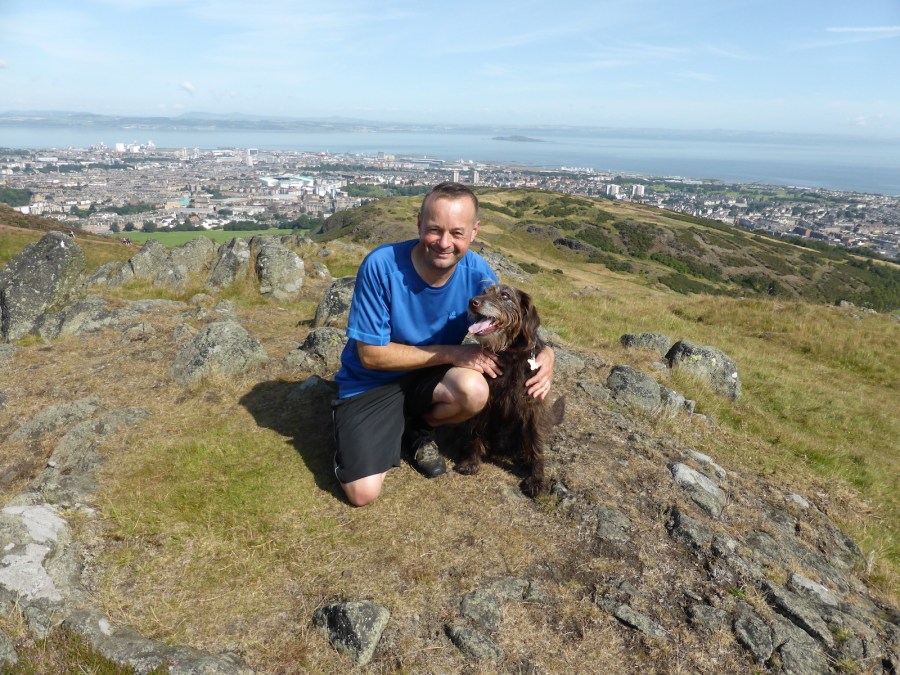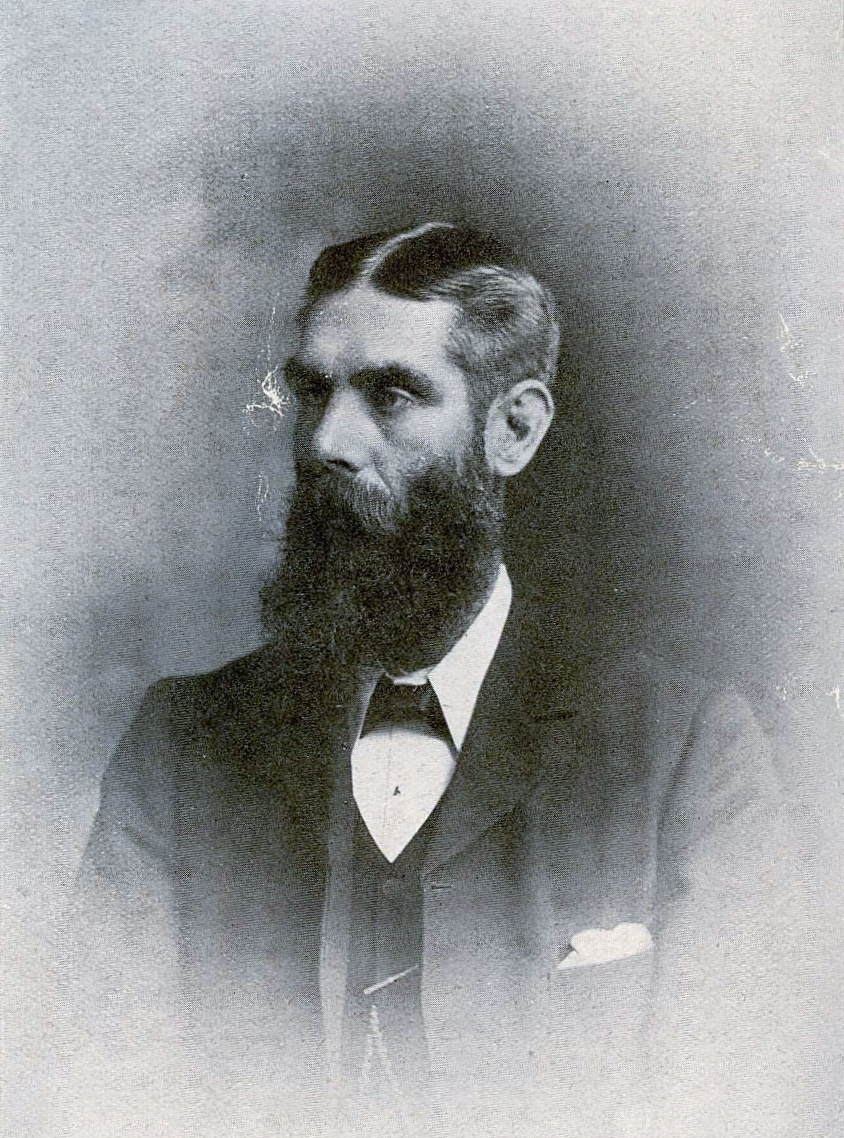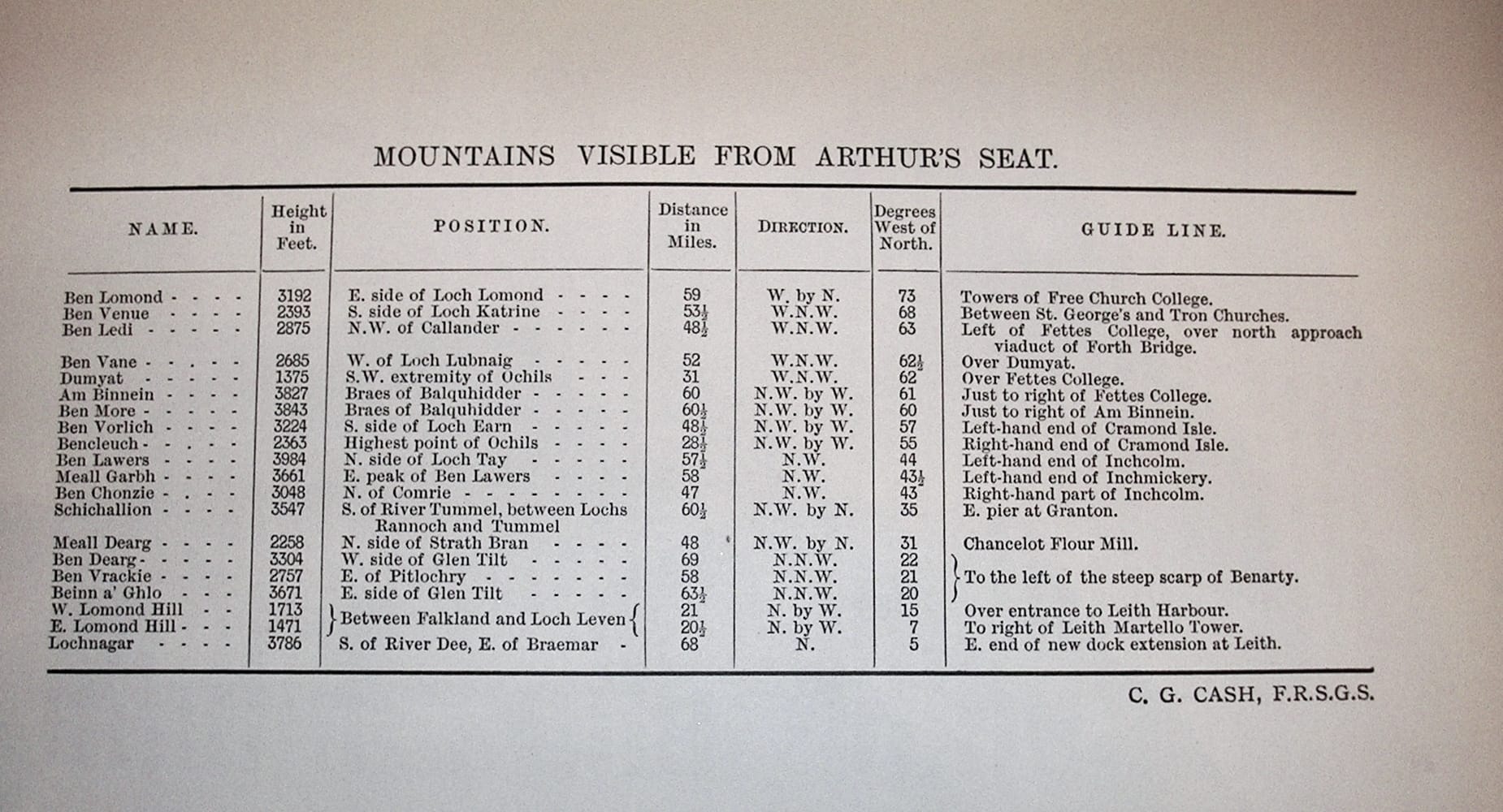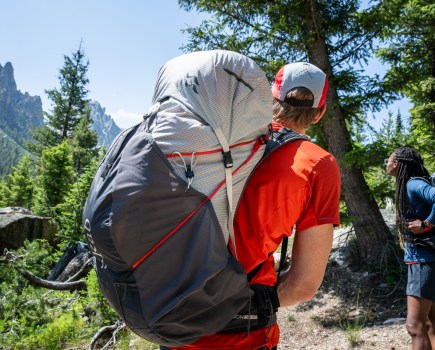You’ve heard of the Munros, the Corbetts and the Wainwrights – but it’s thought only three people have knowingly ‘compleated’ the Arthurs.
Arthur’s Seat is Edinburgh’s own mini mountain, the rugged core of an ancient volcano jutting above the city. If you’ve climbed it, you may have cast your eyes to the far horizon and tried to identify the peaks visible in the distance. Kellan MacInnes rediscovered this esoteric and select hill list. Now that a couple of others have set out to deliberately climb the Arthurs, we thought it was time to get in touch and find out if this hill list’s day has come.
Please introduce yourself.
I’m a new Scottish writer. My first book, Caleb’s List, Climbing the Scottish Mountains Visible from Arthur’s Seat, was published by Luath Press in 2013, and my first novel, The Making of Mickey Bell, was published by Sandstone Press in 2016. To pay the mortgage I also work as a bike tour guide, a supermarket delivery driver and an Airbnb host. I live in Edinburgh and am currently single.
What first attracted you to the list of ‘Arthurs’ drawn up by Caleb George Cash in the late 1890s?
I discovered Caleb George Cash’s list of Scottish mountains visible from Arthur’s Seat (the Arthurs) by chance one day when I was browsing in my local library. I’d recently moved house in Edinburgh to one of the streets at the foot of Arthur’s Seat (251m/823ft) and was in Piershill Library looking for local history books when I came across an old guidebook to Arthur’s Seat published in the 1980s. In the centre of the book was a list of 20 Scottish mountains visible from Arthur’s Seat ranging from Ben Lomond in the west to Lochnagar in the east, compiled by the Victorian mountaineer Caleb George Cash.
The list of Arthurs caught my imagination. The next time I was out walking my dog I took the old guidebook I’d borrowed from the library with me, and climbed to the top of Arthur’s Seat and sat there and tried to identify the 20 Scottish mountains on Caleb’s list.
Tell us about your own journey climbing the Arthurs, and how you came to write your book Caleb’s List about it.
My life changed forever when I was diagnosed with AIDS-related cancer at the age of 33. Back then in the late 1990s things looked pretty bleak for people living with HIV. I was treated with chemotherapy and radiotherapy and had to take a cocktail of 24 pills every day just to stay alive.
But as the years passed and treatments improved I began to realise I wasn’t going to die of AIDS. I’d weathered the storm, so to speak, and I began to look around for new challenges. I returned to work, as a befriender and life-coach with a Scottish charity supporting people living with HIV and Hepatitis C.
And it was also around this time that I discovered Caleb George Cash’s list of Scottish mountains visible from Arthur’s Seat. While I was sitting there at the summit of Arthur’s Seat trying to spot the distant peaks on the list I suddenly had an idea. Maybe that new challenge I was looking for, that way of proving HIV didn’t run my life, maybe this was it… maybe I could climb the 20 hills on Caleb’s List. And that’s how my first book came about!
It’s thought that three people including yourself have now deliberately set out to climb the Arthurs, although many more will have done them with no knowledge of the list. Do you think the Arthurs offer something that better-known hill lists lack, and do you hope more walkers will discover them in future?

Caleb’s List by Kellan MacInnes
Well that raises a philosophical question. Does it count as a compleation if you compleat a hill list unknowingly? It’s the same sort of situation Munro baggers encounter. Should you include that ascent of Ben Lawers you did when you were at school as a tick off the list, even though you’d never heard of the Munros back then? Or should you climb Ben Lawers again now you’re knowingly ticking off Munros.
But I digress! Back to the Arthurs: the unique selling point of the Arthurs is that there are only 20 hills on the list. So it’s a hill list you can tick off with your kids or perhaps in later life as a coda to a lifetime of hillwalking. I’m very keen for more people to discover the Arthurs. I’m really hoping that someone will take on the challenge of climbing all the Arthurs in one trip, twenty hills in twenty days, maybe as a fundraiser for charity.
In your opinion, which is the best hill on the list, and why?
When I give talks to mountaineering clubs about Caleb’s List I’m often asked this question and I always give the same reply. I like all the hills on the list of Arthurs from 3,852ft-high Ben More at Crianlarich to ‘wee’ Dumyat in the Ochils, they’re all my favourites.
How has your hillwalking influenced your subsequent writing?
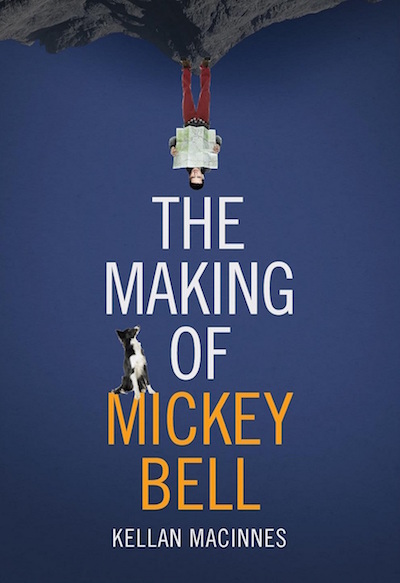
The Making of Mickey Bell by Kellan MacInnes
Readers often assume that my first novel – The Making of Mickey Bell, which is set in Glasgow and the north-west Highlands of Scotland – is autobiographical, but it’s not. The inspiration for the book came from the time I spent working at an Edinburgh-based HIV charity. As you can probably imagine there were some ‘characters’ who came along to the life-coaching sessions we ran and I started to wonder what would happen if one of these guys ‘took to the hills.’ The book was also inspired by the famous scene at Corrour station in the movie Trainspotting. When I was writing The Making of Mickey Bell I had that scene in the back of my mind. I was thinking, just suppose Spud and Renton instead of walking two hundred yards and then getting back on the train, just suppose they’d kept going….
Which writers would you describe as your main literary influences? Any favourite mountain books on your shelf?
In his review of The Making of Mickey Bell Scottish writer Alan Bissett described my first novel as being ‘like James Kelman on a Munro climb with Dave Eggers’! The 21st-century flight through the heather in The Making of Mickey Bell was influenced by the work of Robert Louis Stevenson and John Buchan. Michel Faber, Janice Galloway and Liz Lochead are other writers I also very much admire.
Among my favourite mountain books are Muriel Gray’s The First Fifty, Andrew Greig’s At The Lochan of the Green Corrie and Joe Simpson’s Touching the Void. I can also thoroughly recommend the new editions of Hamish’s Mountain Walk and Climbing the Corbetts from Dingwall-based publishers Sandstone Press. They’re a great read especially after a day spent climbing a Munro or Corbett!
Can you tell us anything about your next project?
I’m currently working on a new climbing book in which I’m walking in the footsteps of the female poet and mountaineer Brenda G. Macrow, who is little remembered today. In the summer of 1946 Macrow and her Skye terrier Jeannie set out to visit each of the 32 hill lochs within the boundaries of the Parish of Kintail, a remote, mountainous area in the north-west Highlands of Scotland.
In the years after the Second World War, Kintail stood on the brink of huge change in the form of massive hydro-electric development and many of the paths, glens and hills Macrow walked in the summer of 1946 would never be the same again. Seventy years later, accompanied only by a cantankerous Labradoodle, I too set out to find the hill lochs of Kintail, following in Macrow’s footsteps on a journey through a lost landscape…
Many thanks to Kellan MacInnes. You can find out more at his website, kellanmacinnes.com

